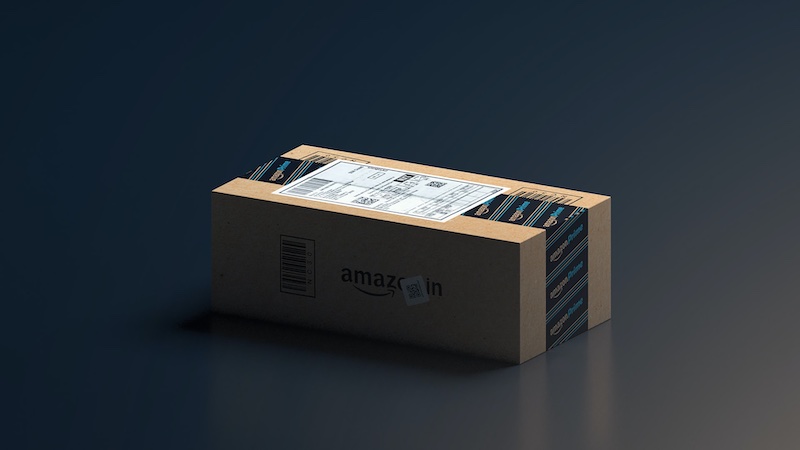Online retailer Amazon has carried out its announced stock split. Previous investors now have 20 times as many Amazon shares in their securities account as before. In turn, the price of the securities fell to one-twentieth. Amazon wants to attract so above all new investors.
The Amazon board already announced on March 9, 2022 that the company intends to carry out a stock split. Now, about two months later, the U.S. company implemented the measure and divided its shares at a ratio of 20 to 1. Previous investors thus now have 20 times as many Amazon shares in their portfolio as before.
This is the fourth stock split in the history of the company. Amazon split its shares for the first time in June 1998 – at a ratio of 1 to 2. In January 1999, the US company again carried out a stock split at a ratio of 1 to 3, only to turn one share into two again a few months later in September 1999.
Stock split to make Amazon shares more attractive
After the close of the U.S. stock market on Friday, June 3, 2022, Amazon’s share price was 2,282 euros. On the following Whit Monday, the price was only around 115 euros. But what looks like a gigantic price drop is deliberate. Because instead of one share, Amazon shareholders now have 20 in their portfolio.
The value of the U.S. company and its market capitalization are not damaged by such a stock split. On the contrary, a stock split can even lead to an increase in the share price.
This was also the case with Amazon, because compared to the Friday closing price of 2,282 euros, the price of around 115 euros in pre-market trading on Monday corresponded to an interim increase of 0.8 percent.
Amazon share: A split also has a psychological effect
As reported by news agency Reuters, the U.S. banking group BofA Securities has noted that stock splits are “historically positive for executing companies.” According to analysts, such measures can also increase the number of investors.
Amazon is also hoping that its stock split will attract more investors, especially small investors, in the medium term. Because as Peng Chen, head of Big Data and AI strategies at JPMorgan, told Reuters, only a few retail investors have invested in Amazon stock so far.
One reason could have been the four-digit price, which may have deterred many potential retail investors. After all, “Psychologically, it doesn’t feel good to spend $1,000 and own a third of a share,” Chen said.
Steve Sosnick, chief strategist at Interactive Brokers, in turn expressed:
We can debate whether they [stock splits] are good or not, but if the market perceives them as positive, then they behave that way.










